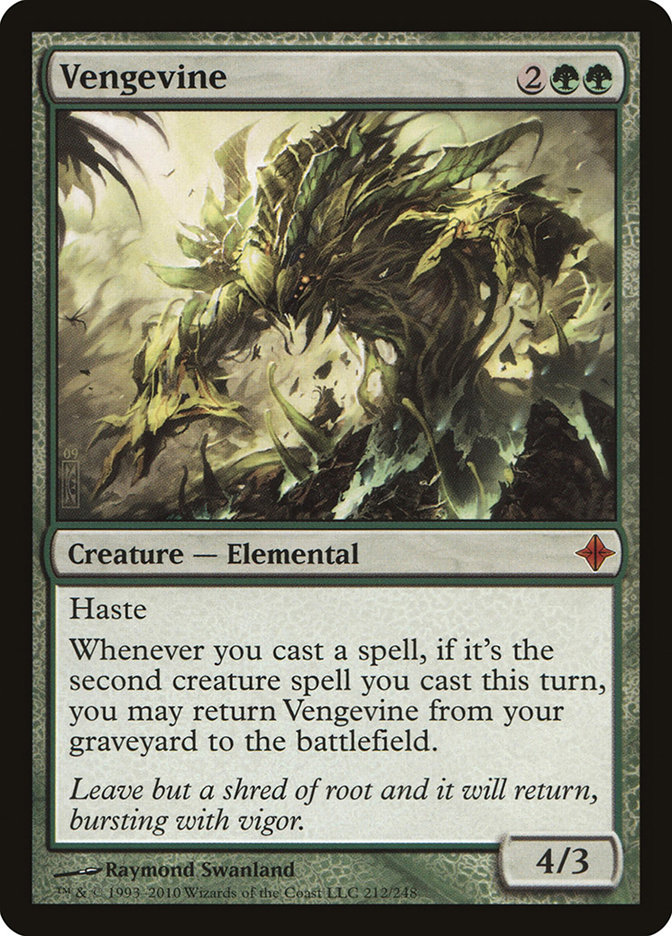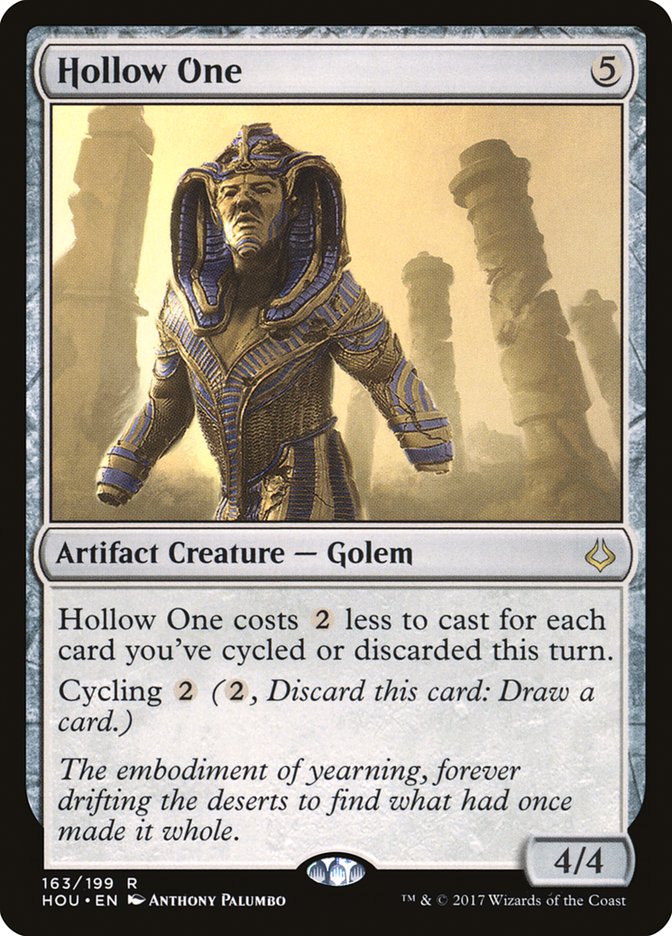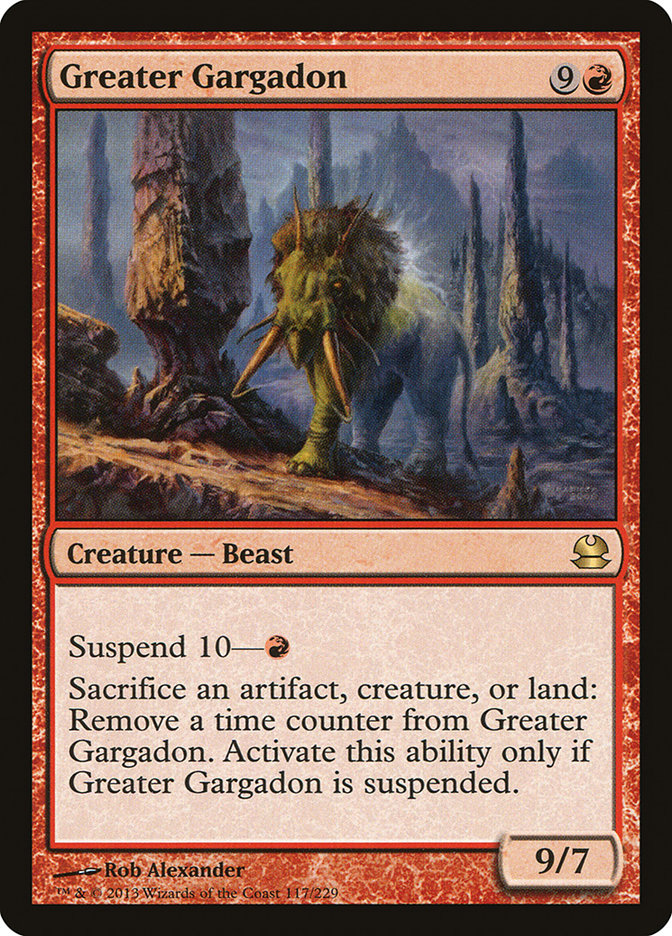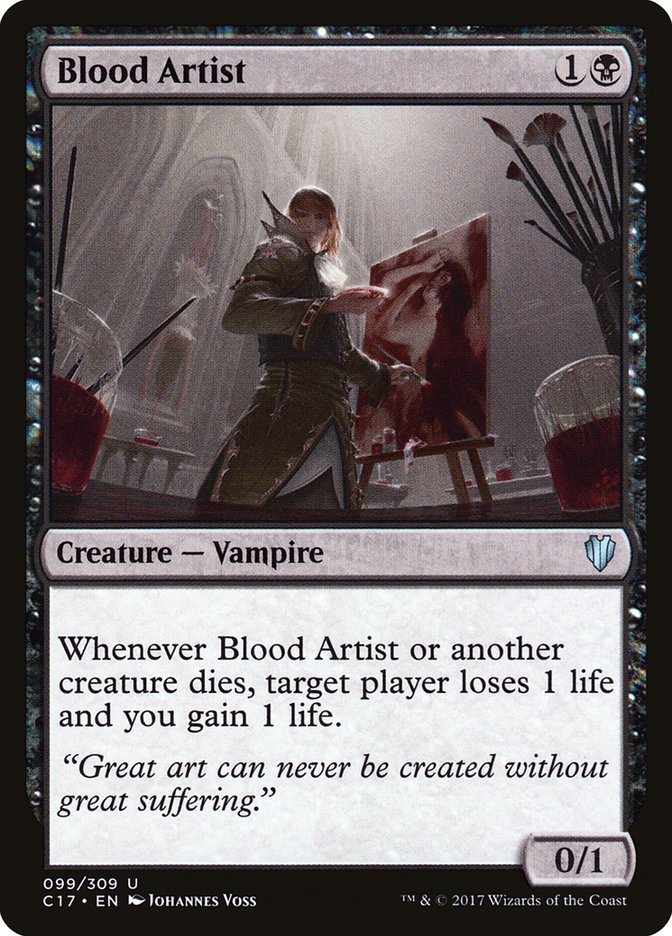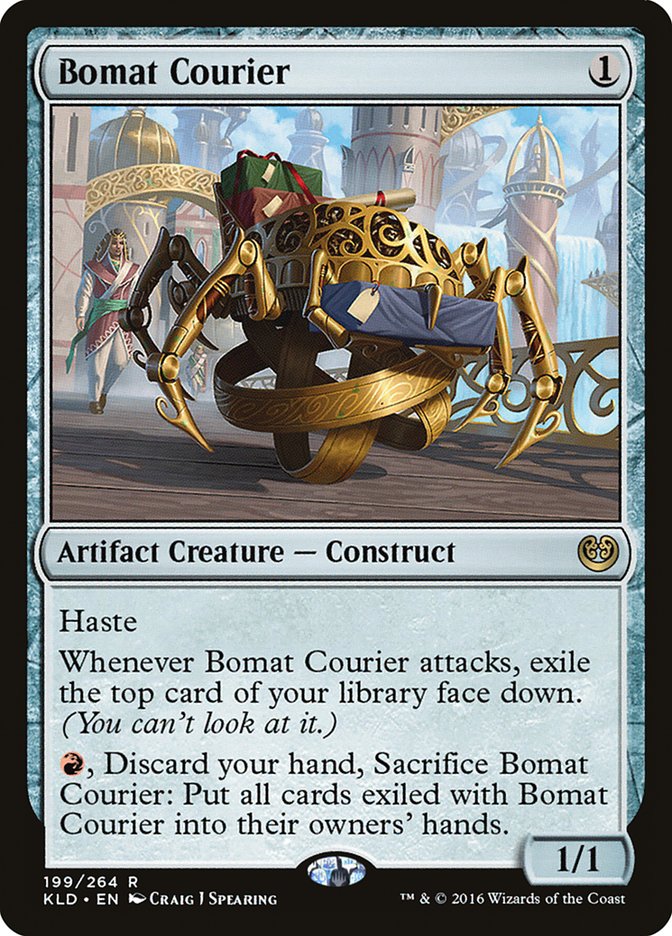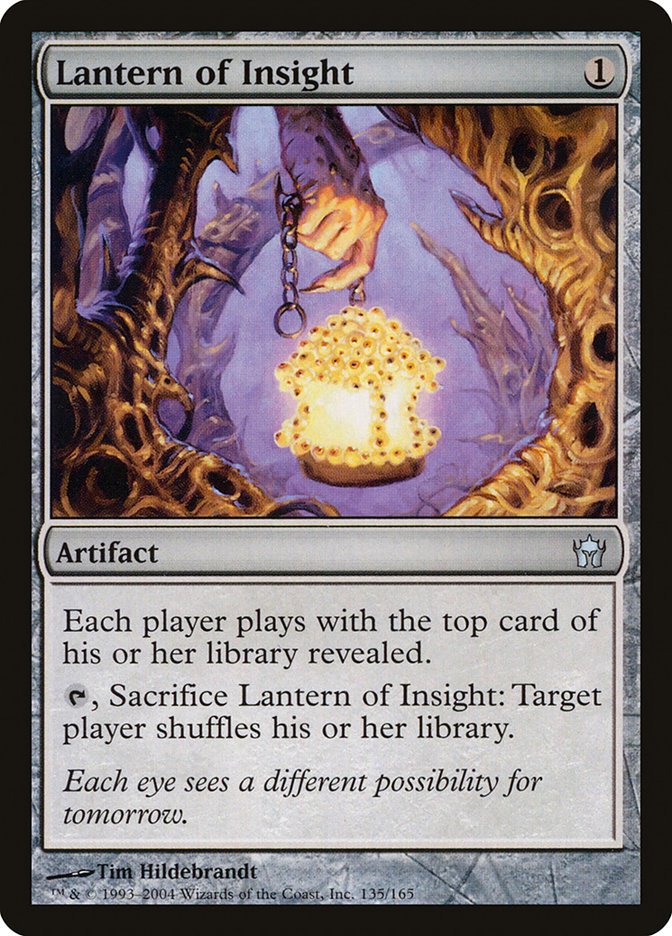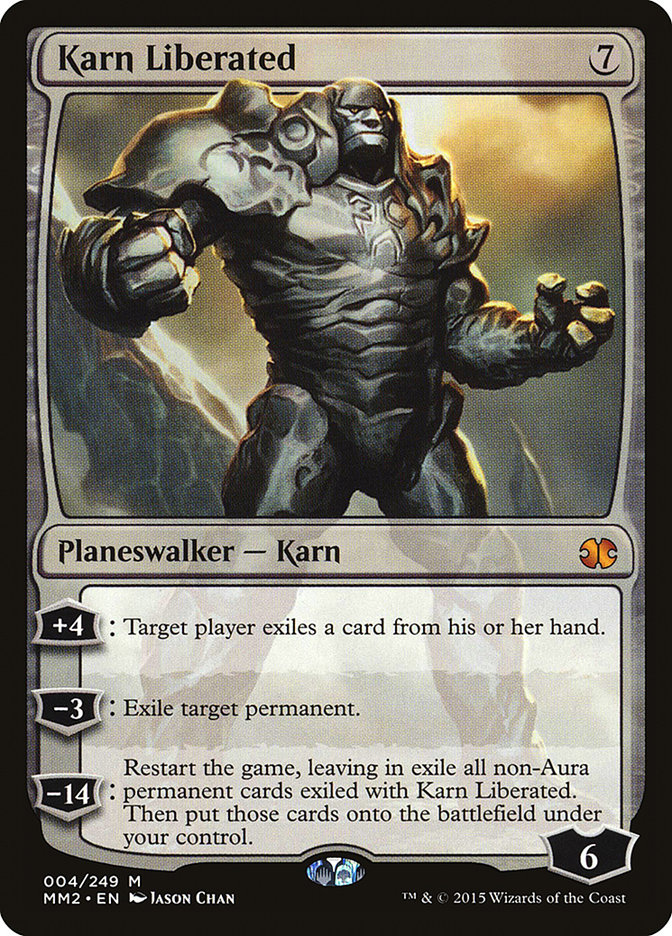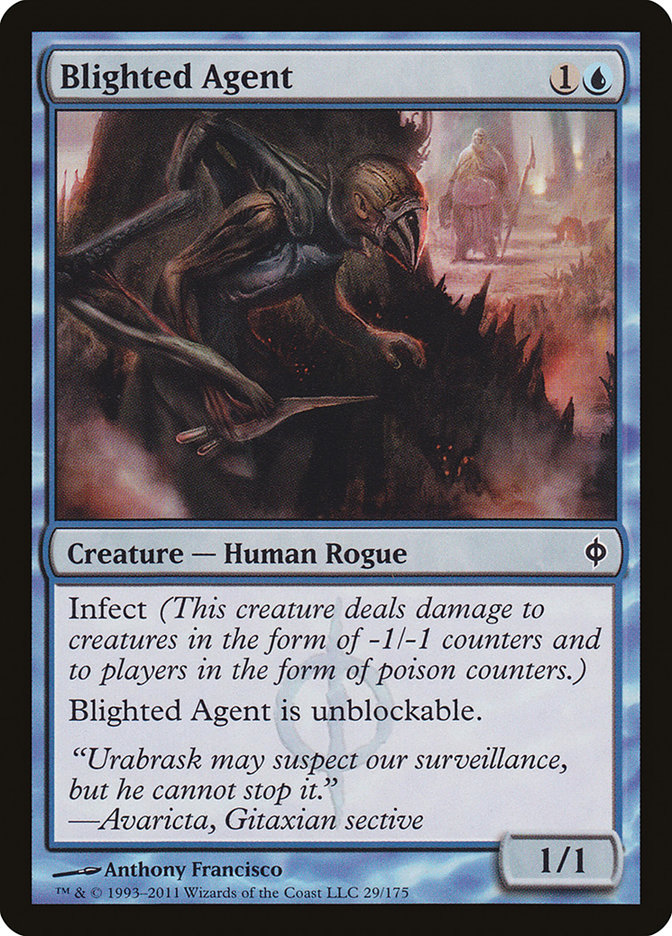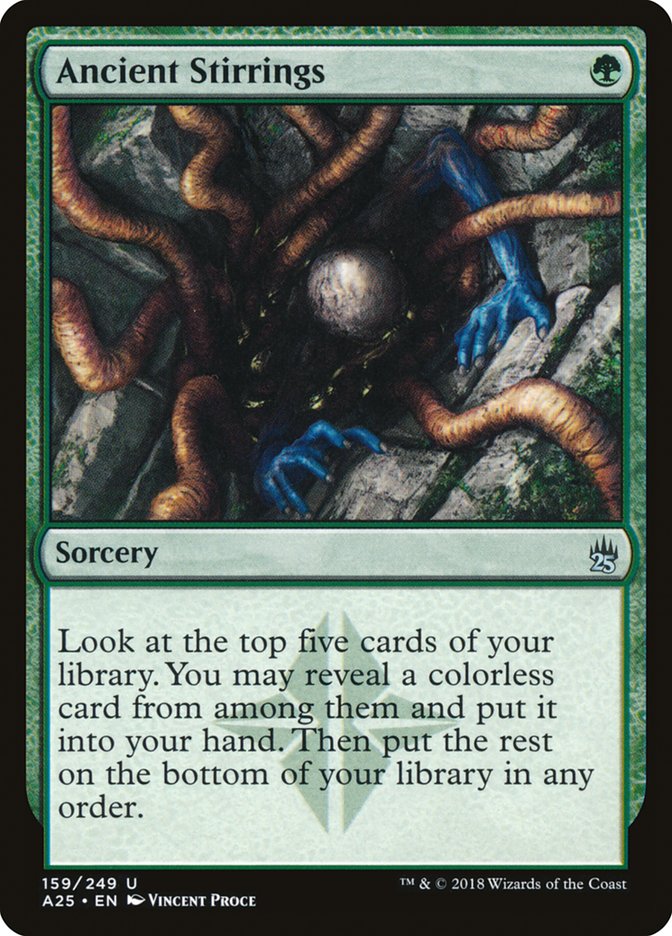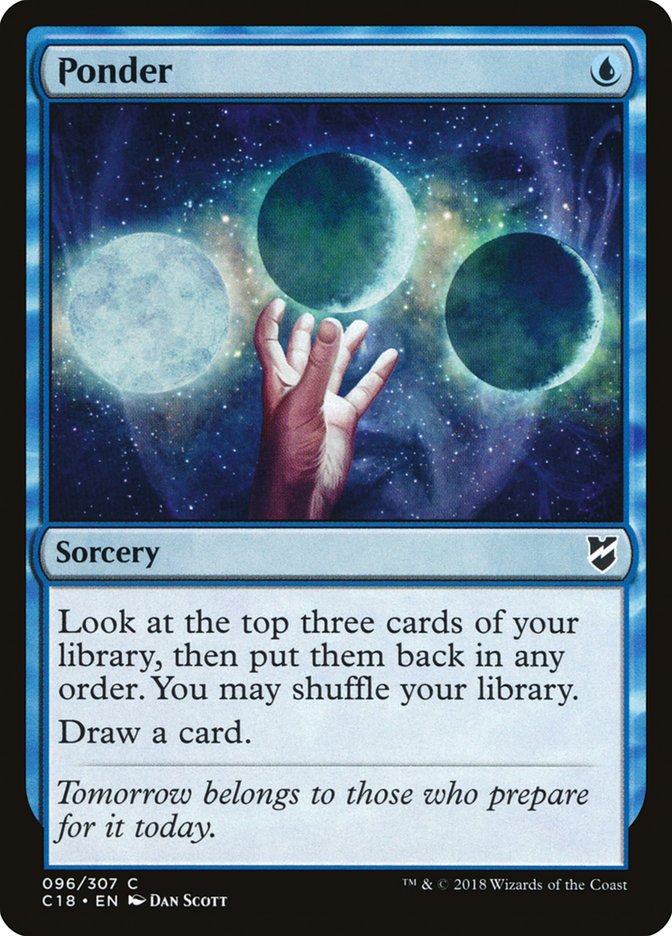Yesterday, Ross Merriam wrote an article titled ”
Modern Is Not As Diverse As You Think,
” and while he does make some good points, I think it’s fairly easy to
refute this assessment. Modern is a playground, and in that space you can
bring virtually any deck you want to the table and have a decent shot of
winning a match. To say that I disagree with Ross’s overarching premise is
an understatement, but today we’re going to explore exactly what I mean
when I say “Modern Is The Most Diverse Format In Magic.”
Viability VS Diversity
”
Whether you love it or hate it, both sides agree on one thing: Modern
is an incredibly diverse format. There’s only one problem here: that’s
just not true. Modern’s diversity is an illusion. A self-fulfilling
prophecy that players who are attached to their subpar decks perpetuate
so they have a basis on which to rationalize their poor decisions.”
The thesis of Ross’s article says that the “diversity” in Modern is just an
illusion. It’s something we tell ourselves to justify playing a “worse
version” of a deck that already exists. In some respects, Ross is correct
in this assessment. There are quite a few decks in Modern that sit on top
of each other in regards to what they’re trying to do. However, I disagree
with his premise that one of those decks is “best” and the others are just
incorrect to play.
The little differences mean the world in Modern. That’s why we see, time
and time again, some new strategy winning a major tournament. And if you
pay closer attention, you’ll see that it isn’t the Owen Turtenwalds of the
world always winning these tournaments. It’s usually a specialist player
like Andrew Wolbers who’s been playing G/R Land Destruction in every Modern
tournament for the last two years, and the format finally reaches a point
where that deck is actually good. And like a hot knife through butter, they
win the whole thing.
Creatures (20)
- 2 Birds of Paradise
- 4 Bloodbraid Elf
- 4 Arbor Elf
- 3 Inferno Titan
- 1 Courser of Kruphix
- 2 Pia and Kiran Nalaar
- 4 Tireless Tracker
Planeswalkers (2)
Lands (21)
Spells (17)

It’s comical to assume that a deck is “better than the rest” just because
the players at the Pro Tour decided to play it over a more risky version.
Professional players often choose consistency over power, safety over risk,
and this is magnified immensely by a Team Constructed tournament structure.
No one wants to be the person on their team that drags the rest down.
Players will obviously gravitate toward Humans, U/W Control, or whatever
safe pick is on their spectrum in order to rack up that coveted 65% win
percentage. Yes, I think there’s often a set of “best decks” in Modern for
any particular tournament, but that changes quite frequently with the rest
of what is currently popular.
For example, there are spots in Modern when Affinity is the best deck. Time
and time again, we go through rotations and see Affinity go from “Worst
Deck Possible” to “Easily Crushes the Competition.” A lot of this has to do
with the hate cards people are bringing to the table. And lately, thanks to
decks like Ironworks or Lantern doing well, the splash damage becomes too
much. When a format revolves around artifacts, playing a “fair” artifact
aggro deck just isn’t feasible because every sideboard is coming prepared.
It’s only when we see a shift away from artifacts that we see Affinity
shine. Affinity was one of the better decks during Eldrazi Winter because
it specifically had a good matchup against all forms of Eldrazi.
The Argument Breaks Down
”
The notion of Modern’s diversity being a ruse crystallized for me when
looking at the metagame breakdown from last weekend’s Pro Tour 25th
Anniversary. The top six decks, Humans, U/W Control, Ironworks,
Mono-Green Tron, Hollow One, and R/B Vengevine take up 62% of the
metagame, a huge share compared to major Modern tournaments earlier
this year.”
Shortly after this paragraph, Ross goes on to say that you should just play
the “best version of a certain macro archetype.” Okay, well you just said
that both R/B Vengevine and Hollow One were big factors in the tournament.
I’d argue that R/B Vengevine looked significantly better than Hollow One
throughout the tournament, but Hollow One ended up taking the crown. Both
of these decks do virtually the same thing. The only difference is that one
is slightly more reliant on the graveyard than the other.
This is where Ross started to lose me. If I should pick the best deck on a
spectrum, then why couldn’t the best players in the world uniformly choose
one of these two archetypes over the other? The answer is this: both decks,
while similar, have their strengths and weaknesses. And simply put, the
risk involved in playing one over the other is not small. Playing R/B
Vengevine makes you infinitely more susceptible to graveyard hate. However,
it needs to be a specific type of graveyard hate to have a real impact. For
example, Grafdigger’s Cage doesn’t do anything against Bridge from Below.
And if you’re on the draw, even something like Rest in Peace could be too
slow. Time and time again we saw R/B Vengevine exploding onto the
battlefield, filling the graveyard with a few copies of Bridge from Below,
and putting anywhere from 4-10 power on the battlefield.
Both decks have explosive draws that can be hard to match. The key
difference is that there’s some inherent randomness involved with playing
stuff like Burning Inquiry and Goblin Lore. You might accidentally discard
your Hollow One or Gurmag Angler instead of Bloodghast or Flamewake
Phoenix. However, the Hollow One deck is able to play more interaction than
the R/B Vengevine deck after sideboard. With redundant combo-type effects
like Walking Ballista, Hangarback Walker, or Endless One in the deck, you
get to a point where you’re making yourself too vulnerable for the sake of
explosiveness.
At the moment, R/B Vengevine is a very new archetype. We’ve seen decks
built around Vengevine in the past, but nothing as explosive as versions
using Goblin Bushwhacker and a bunch of zero-cost creatures. For the most
part, putting Vengevine onto the battlefield quickly was the biggest draw.
Now, it seems Bridge from Below is the focal point. And specifically this
is why Modern is awesome. At the Pro Tour level, we saw a breakout of a
virtually unexplored archetype. There’s no uniformity here when it comes to
building R/B Vengevine because no one knows what the best version is just
yet. Greater Gargadon plus Blood Artist could be the nuts. Bomat Courier
could ultimately give the deck some much-needed raw card advantage, while
also acting as a way to dump a mediocre hand full of Bridge from Below.
All I know is that saying we should “pick a best deck in a macro archetype”
implies that each macro archetype has a best deck. A month ago, if you told
me that the best “resilient aggro deck” was R/B Vengevine, I would have
laughed in your face. New cards get printed. Things change. Lots of things
get subjective when it comes to Magic. On occasion, Tron is not the best
ramp deck. On occasion, Storm is not the best combo deck. In fact, I think
Ironworks is likely a better deck than Storm at the moment, but that could
change if everyone starts hating hard on Ironworks.
You see where I’m going? I don’t think choosing the best deck in a macro
archetype is possible because every deck’s value changes when the rest of
the format “catches up.” Decks like Affinity get worse when Ironworks is
good, right? So why is the other way around not also true? Goryo’s
Vengeance is an insanely powerful and fast combo deck, but it gets
significantly worse when Dredge or other graveyard strategies are popular.
My point is that the Modern format fluctuates constantly, which is why I
always say to “play what you know.” Even if your deck isn’t the best deck
for a specific metagame, there’s a good chance that you hit the nail on the
head eventually. And if you learn your deck inside and out, you just might
get the right matchups on the right day and end up taking down the
tournament.
”
Right now, I don’t see the R/B Vengevine deck being enough more
explosive than Hollow One to justify its increased vulnerability to
graveyard hate and the fact that the deck doesn’t have room for even
the bare amount of interaction that Hollow One has, but with proper
tuning it could certainly get there.”
In the article, Ross states multiple times that the pros decided to play
the “best decks,” and yet here he claims that they are doing something
wrong by playing R/B Vengevine. These two statements are contradictory. And
while he might be right with one point, certainly both cannot be true. But
to me, that’s the beauty of Modern. Both R/B Vengevine and Hollow One do
similar things, but one is more explosive and better at fighting through a
combo-heavy metagame at the expense of being slightly more vulnerable to
graveyard hate. Similarly, Humans is significantly more vulnerable to
removal spells than Hollow One, but has a lot more disruption against
various combo decks in the format. It’s all a sliding scale, and picking
the right deck on the right part of the scale is how you win tournaments.
Saying that Modern isn’t diverse is comical. The simple nuances between R/B
Vengevine and Hollow One prove that in spades. Enough people at the Pro
Tour thought it was explosive enough to justify playing it over
Hollow One.
Pros VS Joes
One point that Ross tries to hammer home is this: The pros picked the “best
decks,” and that’s a more accurate representation of Modern than anything
we’ve seen in quite a while. Six decks took up a whopping 62% of the
metagame, which is relatively unheard of since the inception of Modern as a
format. Ross claims that if the pros are all playing the same decks, then
those decks must be “the best.” I’m inclined to agree to an extent, but I
would also like to point out that 38% of the format is still “other decks.”
And with the virtual stalemate we’ve had in Standard over the last two
years, with only two or three viable decks at any given point, it’s quite
refreshing to see six decks take up slightly more than half the format.
And still, 38% of the field chose to play decks that weren’t the “best
decks.” Are they wrong? What if they had a read on the format and picked
something like TitanShift? What if Burn was the way to go, but we just
didn’t see it? My main problem with this argument, that the pros picked the
“best decks” at a significantly higher percentage rate, is that this
statistic fails to incorporate a slew of decks that have been doing well in
Modern over the last two years. Here’s just a few:
-
Mardu Pyromancer
-
Affinity
-
Lantern
-
Burn
-
Jund
-
Jeskai
-
Infect
-
Dredge
-
Storm
In the last year, all of these archetypes have been major players in
Modern. So what, one tournament worth of results invalidates all the people
who used these archetypes to win tournaments? Or consistently Top 8 on the
SCG Tour? I don’t buy it. The last Modern Pro Tour, earlier this year, saw
Lantern winning the whole thing because it had good matchups against these
“best decks.” And while Lantern is significantly worse right now than it
was back then, that proves my point more than anything.
Modern is a living, breathing format that changes on the regular. If you
aren’t shifting your sideboard around or changing decks completely, then
you’re not really in tune with the Modern metagame. When Tron becomes more
popular, decks like Lantern fall off the map. When Jeskai and Mardu
Pyromancer rise up to stifle Humans, decks like Tron become significantly
better. And when Tron starts to knock out all these hyper-interactive fair
decks, you see Aaron Barich obliterate a tournament with Infect.
It’s a cycle.
But not everyone can afford to change decks every month, let alone from
week to week. I’m lucky to have acquired the cards for four different
Modern decks, and I try to use them in rotation whenever I think the Modern
metagame shifts in the right direction. And after the results of the Pro
Tour, I’m thinking Infect is actually one of the better options right now.
If all the aggressive decks are Humans, Hollow One, and R/B Vengevine, and
the control decks don’t really exist (or are U/W instead of Jeskai), then
Infect seems like an easy choice.
The Myth of Tier 1 Decks
”
Plenty of people play the subpar decks, they show up on coverage, and
they’re good enough to do well in a tournament. Maybe that’s all you
care about when it comes to defining diversity. But the reality is that
diversity is used by countless players to play subpar decks at
tournaments and you would all do yourselves a service by not falling
into the same trap.”
Tier 1 decks in Modern are a myth. It’s a lie people tell themselves to
justify playing what everyone else is playing. Sure, there are times when
something becomes oppressive (Eldrazi, Deathrite Shaman, Birthing Pod), and
something needs to be banned. But aside from those scenarios, no deck in
Modern is justifiably better than any other. It’s all relative.
Right now, after Pro Tour 25th Anniversary, we have six decks that make big
waves. And I would be willing to bet that most people consider them to be
Tier 1 right now, even though R/B Vengevine is a newer addition to the
roster. Ross believes that “the pros have spoken, and so it’s true,” and
now we have a new Modern metagame to prepare for.
The Modern metagame is always changing, and with it comes a shift in what
the best decks in the format are. Sure, you can say that something is one
of the best decks at the moment, but that doesn’t change the fact
that one or more of those archetypes could be invalid by the time the next
major Modern tournament rolls around. We see it all the time!
For months after I won a Modern Open with Infect, I kept playing it. And
eventually I realized that people had adapted accordingly, and I was no
longer winning. So I switched to Jund. And I won a bunch of matches for a
while, but with the ban of Splinter Twin, one of my better matchups went
the way of the Dodo. Coupled with the rise of Eldrazi, Jund became
obsolete. But things got banned and everything was up in the air. Every few
months, we get a huge batch of new cards to play with, and sometimes those
cards create new decks or supercharge existing archetypes. We see it all
the time.


Not every set brings something new to Modern, but every time something
breaks through, we have to reassess what we know about the format. Coupled
with something getting banned every now and then, the format gets a little
shaky from time to time. It’s a very difficult format to keep up with
because there are so many moving pieces, and because there are so many
viable archetypes.
Ross would have you believe that this viability is fiction, and that
choosing anything but one of the best decks as your weapon of choice is a
mistake. I say he’s wrong. There’s no doubt in my mind that he’s wrong
because there isn’t a single “best deck.” He’s literally telling you to
pick “one of the best decks,” implying that multiple decks can be the
“best” at the same time. Perhaps I’m delving into semantics, but the only
time you should be playing “the best deck” in Modern is right before it
gets banned. At the moment, the only card I could see getting banned is
Ancient Stirrings, if only because every single colorless-style deck tends
to play four copies, and Wizards of the Coast has already shown that they
prefer to ban enablers rather than combo pieces unless the situation
becomes extreme.
But Ancient Stirrings isn’t the main source of any busted combo. It just
creates consistency among a slew of degenerate strategies that all revolve
around different busted elements. If Ponder suddenly became legal tomorrow,
I wouldn’t fault you for not playing a deck with Ponder in it. So why would
I imply that it’s incorrect to play a deck without Ancient Stirrings?
What I love about Modern is the rat race. Some weeks, no one really knows
what the best decks are. And in those tournaments, I tend to get a little
creative. Sometimes that means Goryo’s Vengeance. At other times, it means
Temur Box. Occasionally I’ll test the waters with Infect, but then I’ll
switch back to Jund if the metagame looks hostile. It’s all about ebb and
flow in Modern, and labeling six decks as the kings of the format is
actively dangerous, because those decks could be invalidated in just a few
weeks. Do y’all remember a six month stint or so when Mono-Green Tron just
wasn’t a deck? It came back in a big way once Jeskai and Mardu put pressure
on Humans and other aggressive strategies. You know, those aggressive
strategies that invalidated Mono-Green Tron in the first place?
I write a lot about the Modern format on this website. I like to talk about
bannings, unbannings, what the current best decks are, and how the metagame
is evolving to accommodate new decks/archetypes. In the hundreds of
thousands of words I’ve written on Modern, my biggest takeaway is this:
Ross is wrong to assume that one tournament is the end-all be-all of what
Modern is, or should be. I can tell you first hand that the pros at the Pro
Tour don’t always know what they’re doing. I once saw Seth Manfield take
one of the worst decks I’ve ever seen to the Top 4 of the Pro Tour (Esper
Planeswalkers). I consistently see pros lament their deck choices on social
media, and that’s after weeks of testing with other great minds!
Even Ross himself said that he tried making Blue Moon work for multiple
tournaments, and had very little success. But that doesn’t mean Blue Moon
will always be bad. In fact, if the format continues seeing decks that use
powerful lands as their backbone, Blood Moon variants could see a spike in
value. And after that, it will be a race to see who finds the best Blood
Moon deck before everything shifts again.
We’re all just humans taking shots in the dark, poking and prodding to find
out what works and what doesn’t. And sometimes one of us makes fewer
mistakes than the rest.


